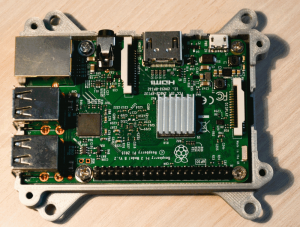I will be grateful for any support you are willing to provide.
This extra save data is not compatible
After few days playing aamazing Resident Evil 2 remake I got this message during game launch:
This extra save data is not compatible.
The reason for that message was changing the system language in Windows settings. Steam forums also mention major Windows updates may cause the same effect.
In my case it was enough to revert changes to language settings in Windows.
Acestream for Raspberry Pi (armv7)
I have made a Github repository for acestream engine extracted from official APK:
You can download latest version here:
If you have not yet registered in Acestream, you can do it here: https://accounts.acestream.net/register
Installation instructions:
[code]
1. Unzip latest release to /opt/acestream
2. Edit androidfs/acestream.engine/acestream.conf: change –login and –password
3. Run /opt/acestream/acestream.start
-OR-
Copy acestream.service to /etc/systemd/system
Enable service to run at boot and start it: systemctl enable acestream; systemctl start acestream
[/code]
Raspberry pi best heatsink comparison benchmark
Raspberry Pi manufacturer has stated that you don’t need heatsink for the normal operation of the Raspberry Pi device, however overclocked or heavily stressed devices will benefit from heatsink installation.
I decided to compare available heatsinks on the market and have found the best heatsink for Raspberry Pi 3.
First tested heatsink is small – 14x14x6mm, priced 1$ on Ebay
It has an adhesive layer for mounting on CPU.
Second heatsink – is larger 50x25x10mm, also priced 1$
Mounting was done with Arctic Silver thermal compound and super-glue 🙂 Thermal compound was applied to the center and glue – to the corners of the chip.
Please note that this will be a permanent solution, and you will not be able to remove the heatsink.
For loading the CPU I used stress software (apt-get install stress).
Only 1 core of Raspberry Pi 3 was loaded – frequencies: arm_freq=1290 core_freq=430
Here are the temperature graphs:
Red line – no heatsink.
Blue – small heatsink 14х14
Green – large heatsink 50х25
For a price of 1$ you can greatly improve temperature of Raspberry Pi 3 – by 8 degrees in idle state and by 13 degrees under moderate load.
Microsoft Visual C++ 2015 Redistributable 14.0.24.215
If you need specific version of vc_redist.x64.exe you can find 14.0.24215 here:
https://www.microsoft.com/en-us/download/confirmation.aspx?id=53840







